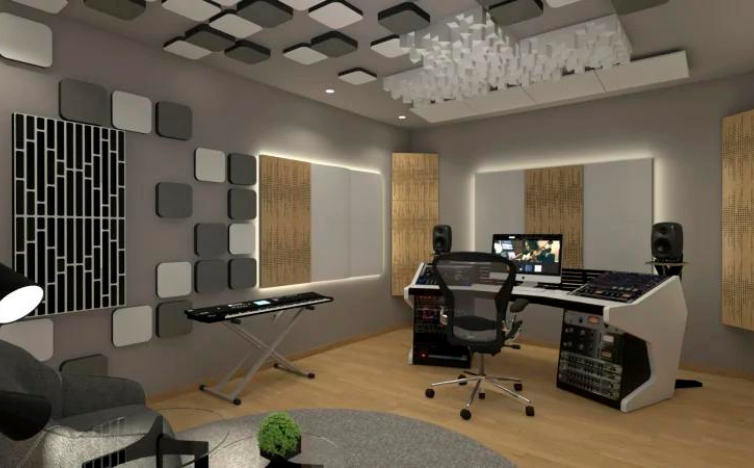Achieving the perfect sound environment in any room requires more than just good speakers or a sound system. Acoustic panels play a crucial role in controlling sound reflections, reducing noise, and enhancing overall audio quality. In this article, we’ll explore practical tips to help you optimize your room’s acoustics using acoustic panels.
1. Identify Key Problem Areas
Before installing acoustic panels, it’s essential to identify the areas in your room that need attention. Corners, walls behind speakers, and ceilings are often the main culprits for unwanted echoes and reverberations. Use a sound meter or simply clap your hands in different parts of the room to locate where sound reflections are most problematic.
2. Choose the Right Type of Acoustic Panels
Acoustic panels come in various materials and designs, each serving different purposes. For instance, fabric-wrapped panels are excellent for absorbing mid-to-high frequencies, while bass traps are ideal for managing low-frequency sounds. Selecting the right type of panel based on your room’s needs will ensure effective sound management.
3. Proper Panel Placement
The placement of acoustic panels is critical to their effectiveness. For optimal results, consider placing panels at first reflection points—areas where sound waves first hit a surface before reaching your ears. This often includes the sidewalls, ceiling, and the wall behind your listening position. Strategic placement will significantly reduce echoes and improve sound clarity.
 4. Balance Aesthetics with Functionality
4. Balance Aesthetics with Functionality
While acoustic panels are essential for sound control, they don’t have to compromise the aesthetics of your room. Many panels come in customizable colors, fabrics, and designs, allowing you to integrate them seamlessly into your room’s décor. Consider using panels that complement your interior design while still providing the necessary acoustic benefits.
5. Consider the Room’s Purpose
The type of acoustic treatment your room requires will depend largely on its intended use. For example, a home theater will need more extensive soundproofing compared to a simple home office. Understanding the specific acoustic needs of your room will help you determine the quantity and type of panels required.
6. Experiment with Different Configurations
Don’t be afraid to experiment with the placement and configuration of your acoustic panels. Sometimes, a slight adjustment in positioning can make a significant difference in sound quality. Start with the most critical areas and gradually add panels until you achieve the desired acoustic balance.
7. Regularly Assess and Update
As your room’s use changes or as you add new audio equipment, the acoustic dynamics may shift. Regularly assess the sound quality in your room and be prepared to update your acoustic treatment as needed. This might involve adding more panels, changing their configuration, or even upgrading to higher-quality materials.
Contact Muhammad Shaheen Carpentry at 971 55 219 6236, and discover the transformative science of soundproofing for your space.
Conclusion
Enhancing your room’s acoustics with the right acoustic panels can transform your listening experience. By carefully selecting, placing, and configuring these panels, you can reduce unwanted noise, improve sound clarity, and create a more enjoyable environment. Use these tips to get started on optimizing your room’s acoustics today!

